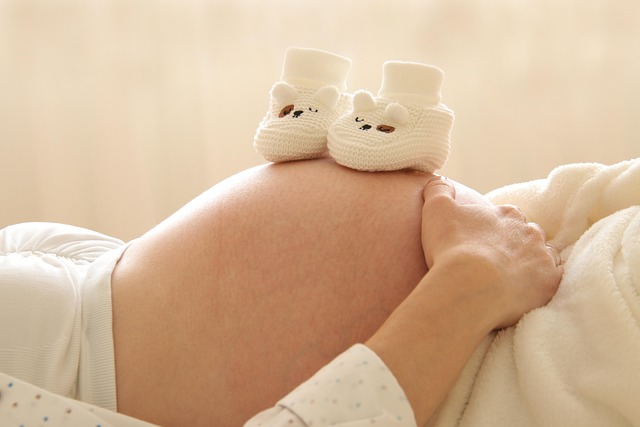Have you ever thought about what happens to those extra frozen embryos after a couple goes through fertility treatment? It’s a real dilemma, and in a recent piece by The Washington Post titled “Fertility medicine brings babies—and tough decisions,” Dr. Eric Widra sheds light on how many couples feel “apprehensive or conflicted” about their options. A study from 2005 revealed that a whopping 72% of couples with leftover embryos were unsure of what to do with them.
Frozen embryos are a game changer in the world of fertility. Thanks to advancements in vitrification—a technique that quickly freezes embryos—couples now have the option to try for more children later on or even have multiple chances if the initial cycle doesn’t succeed. Frozen embryo transfer (FET) cycles are typically less invasive, more affordable, and boast success rates similar to fresh cycles, although you have to go through a fresh cycle first.
But what do you do when you find yourself with extra embryos? That’s where the tough choices come in. Do you use them? Donate them to another family or for research? Or just keep them frozen indefinitely—or even discard them?
Couples’ Stories and Decisions
In the article, several couples shared their stories and decisions regarding their frozen embryos:
- Genetic Testing: Take, for instance, Sarah and Mike, who faced secondary infertility after welcoming their first child. After successful treatment, they ended up with four embryos. They had them genetically tested and found only one was viable, which they plan to use for their next transfer.
- Donation: Other couples might opt to donate their embryos. This is becoming increasingly popular, as Dr. Widra notes that the process is being streamlined to help more families adopt embryos. There’s also a growing interest in donating embryos for scientific research since the lift on the stem cell research ban in 2009.
- Storing or Discarding: Some couples, like Jenna and Tom, may choose to keep their embryos frozen indefinitely for a yearly fee, while others might decide to let them go altogether.
- Using Remaining Embryos: Then there’s Lisa and her husband, who initially wanted to avoid having extra embryos. After a couple of unsuccessful natural cycle IVF attempts, they switched to stimulated IVF and ended up with one frozen embryo. They intend to transfer it next year, which is a big step for them.
Making decisions about frozen embryos might feel overwhelming, but it’s worth remembering the significant advantages they offer. They provide multiple chances for conception, the opportunity for future children, and the ability to screen for genetic issues. Don’t rush—thanks to vitrification, these embryos are preserved for your future consideration.
For more insights on overcoming challenges in welcoming a baby, check out this blog post. If you’re curious about at-home insemination options, you can explore the Cryobaby at-home insemination kit, which is a fantastic resource. For general information on fertility treatments, the NHS has an excellent page on IVF that might be helpful, too.
In summary, while navigating the choices surrounding leftover frozen embryos can be tough, understanding your options and the benefits can help ease the decision-making process. Take your time, and know that you have support as you figure it out.

